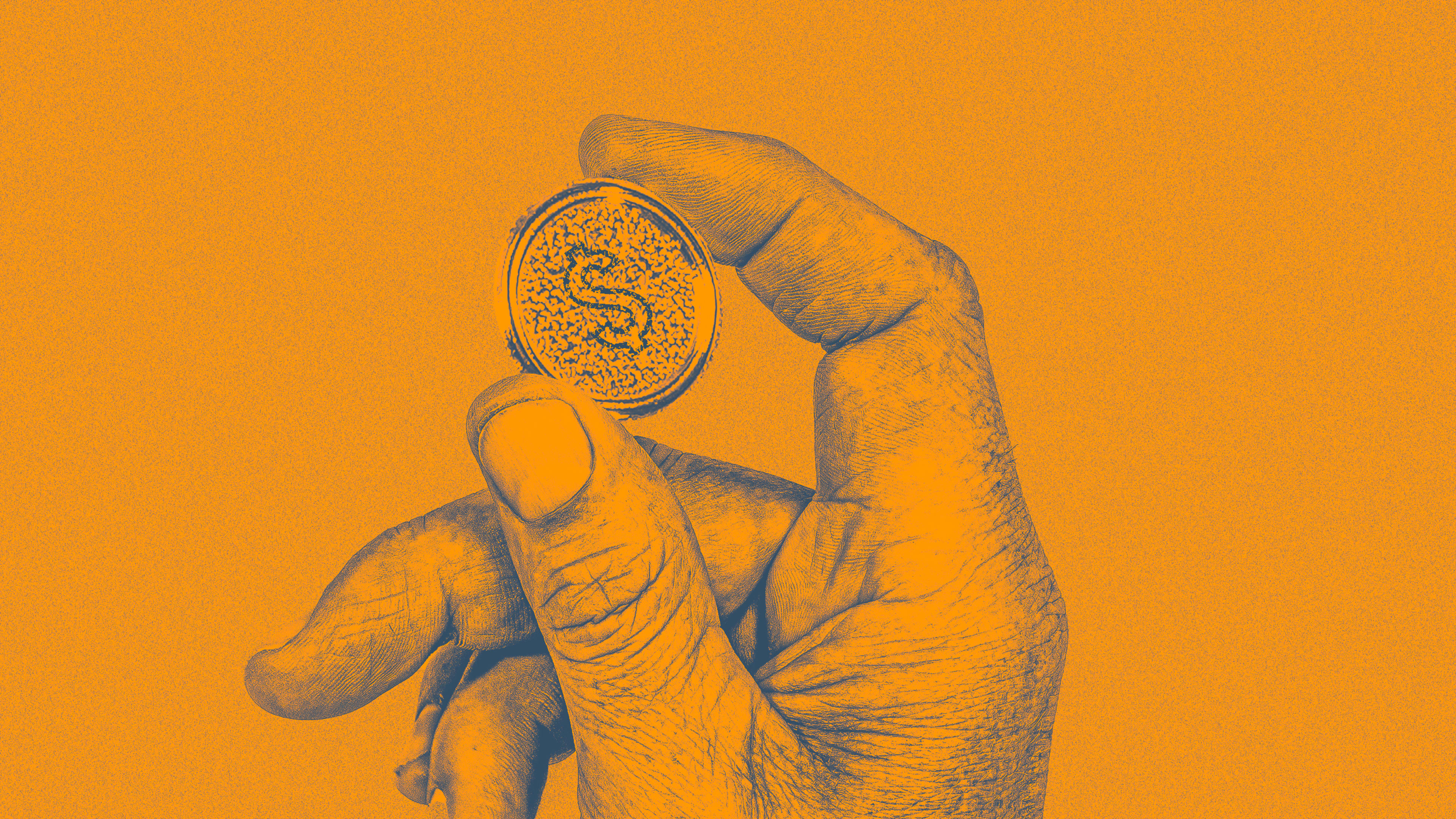Even before the U.S. hit its debt ceiling on Thursday, the talk around Washington, D.C., (and beyond) was taking on a more fantastical element.
Republicans and Democrats are seemingly no closer to reaching a deal to increase or suspend the limit as Congress has done several times in the past, and which could have severe economic implications. That has led to renewed talk of the U.S. Treasury minting a magical trillion-dollar coin that could be used to pay off the debt, eliminating the risk of potential default.
It’s not a new idea. It’s been around since the 1990s, and was floated last year when the country was once again facing the prospect of running out of money to pay its bills. But is it a good idea?
It helps, first, to know a little history about this coin, which sounds like something The Simpsons would think up (spoiler: The show kind of did—in 1998). It actually could be minted, bypassing Congressional squabbling. While the Treasury is limited by law on the amount of paper money it can circulate (as well as gold, silver, and copper coins), there are no limits on what it can do with platinum. So, should the president order the treasury secretary to mint the coin, then deposit it with the Federal Reserve, the debt ceiling issues would be solved. Easy peasy lemon squeezy.
That is, except for the fact that creating money out of thin air would inject a lot of troubles of its own into the economy. For instance, the dollar would be less valuable, and inflation, which the Federal Reserve is already trying to tame, would likely explode.
Also, creating the coin would drag the Fed right into the middle of a political fight, something it tries hard to avoid, though not always successfully. Monetary policy (decisions about finances in the economy) has always been the domain of the Fed, while Congress and the president handle fiscal policy (spending). But an order to mint a trillion-dollar coin would propel the president into the middle of monetary policy.
It would also likely cause some pushback within Biden’s cabinet. Treasury Secretary Janet Yellen, who on Tuesday warned lawmakers that the Treasury would begin taking “extraordinary measures” to avoid a default, made her thoughts on the financial magic bullet clear last year.
“I wouldn’t be supportive of the trillion-dollar coin,” she told ABC News’ This Week at the time. “I think it’s a gimmick. I think it jeopardizes the independence of the Federal Reserve. You would be asking to essentially print money to cover the deficit. This is a shared bipartisan responsibility.”
That, of course, hasn’t stopped people on social media from beating the drum for the coin. The hashtag #MintTheCoin, which even some representatives supported last year, has made a strong comeback in the past couple of days.
What those people likely don’t realize is the impact that minting the coin would have on their own finances. The National Review says the resulting inflation from the minting would be the equivalent of a $3,000 tax on every American. And that’s on top of the existing inflation rate of 6.5%. There also would be widespread higher prices on consumer goods and further ripple effects in the housing and auto markets.
Worse still, a trillion-dollar coin would be, at best, a Band-Aid, covering the debt ceiling for just a year or so. After that, we’d be right back where we are now, mired in political gridlock, and wondering how we were going to get out of it this time.
Recognize your brand’s excellence by applying to this year’s Brands That Matter Awards before the early-rate deadline, May 3.
